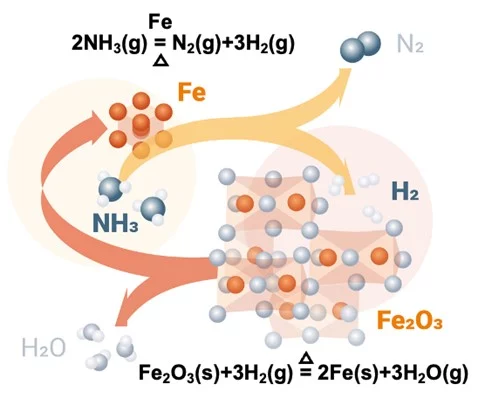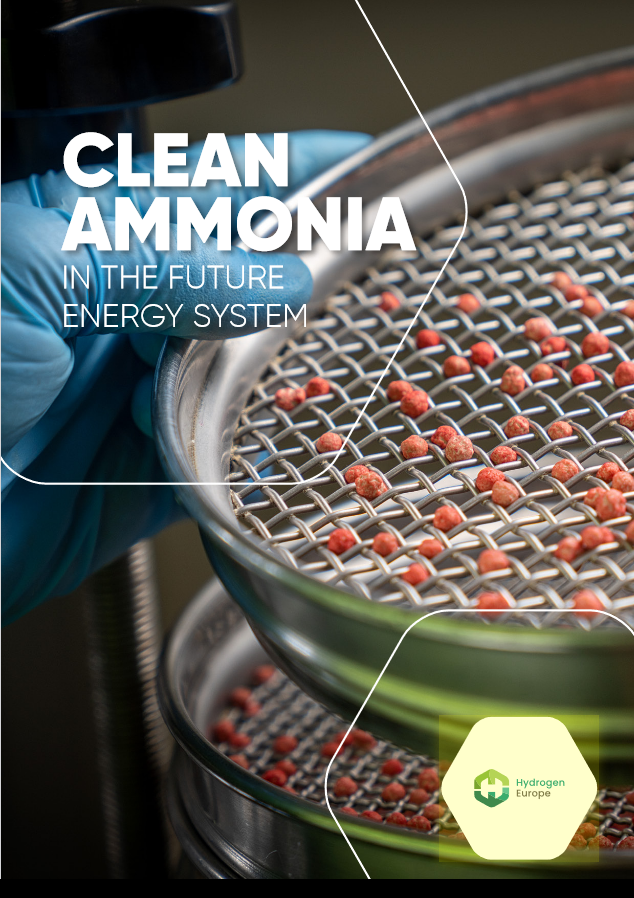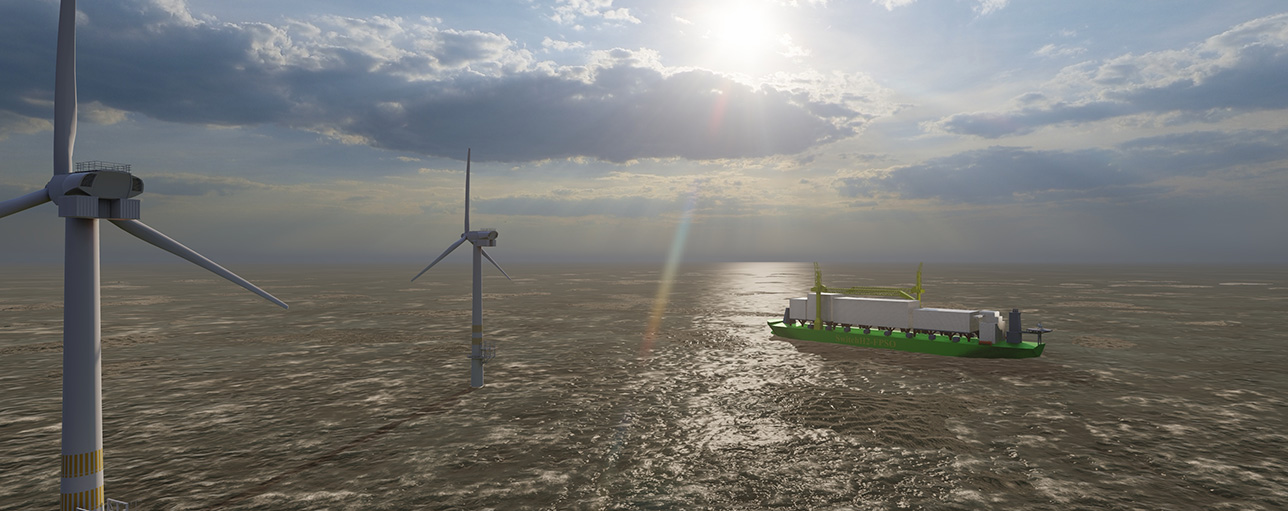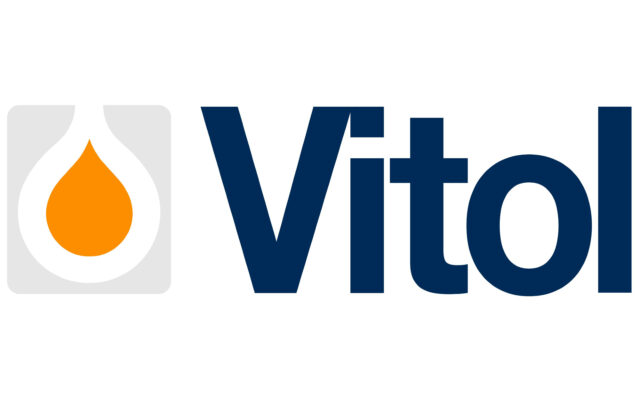New R&D: ammonia as a green steel enabler
Researchers at the Max Planck Institute report that ammonia was successfully used as a reductant to convert iron ore to sponge iron in a laboratory-scale reactor. The direct use of ammonia effectively offers a “process shortcut” in green steelmaking, removing the need for ammonia cracking or the extra costs associated with the transport & storage of hydrogen.









